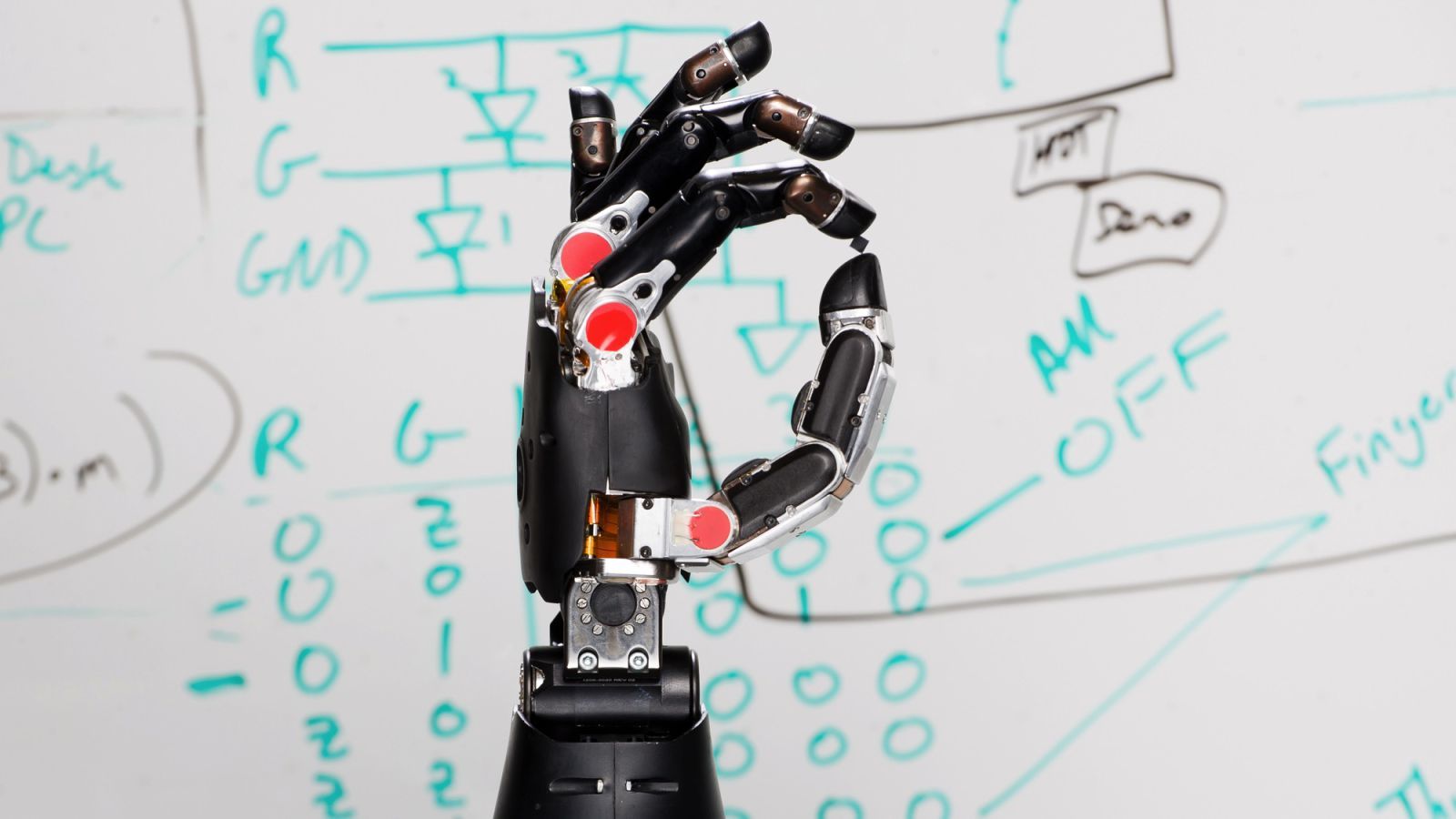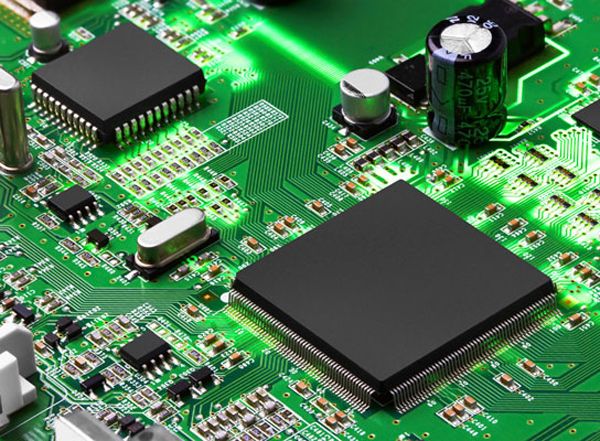Archive for the ‘electronics’ category: Page 101
Sep 12, 2015
This mind-controlled prosthetic robot arm lets you actually feel what it touches
Posted by Shailesh Prasad in categories: biotech/medical, cyborgs, electronics, neuroscience, robotics/AI

https://youtube.com/watch?v=bwz9SPMDO2k
The US government said today (Sept. 11) that it’s successfully made a Luke Skywalker-like prosthetic arm that allows the wearer to actually feel things.
At a conference in July, the US Defense Advanced Research Projects Agency (DARPA) presented the achievements it’d had to date in building a robot arm that can be controlled by a human brain. A little over two months later, the agency has announced at another conference that it’s managed to update the technology to give the wearer the feeling of actually being able to sense things with the arm.
Sep 12, 2015
Better Than ‘Blade Runner’: Re-Imagining Our Cities
Posted by Shailesh Prasad in categories: electronics, engineering, entertainment

Drawn to the Future, a major exhibition on visualization technology featuring leading pioneers in architecture and engineering tech, highlights how our experience of our cities and buildings will rapidly change.
Images of the city have always wielded psychological, emotional and political power. Anyone brought up on a diet of Hollywood movies and US TV shows will have had that uncanny experience as a first-time visitor to a US city — a sense of déjà vu, the feeling of being on a movie set, in a story. I took the Blade Runner cityscape so seriously as a student in New York in 1983, that after a late-night showing of the film, I went into a phone box and rang the number dialed by Harrison Ford on the ‘video screen’ (555−7563 in case you’re interested). The decay of Ridley Scott’s dystopian future spilled over into the rodent-rich, un-gentrified, occasionally threatening Lower East Side of the time.
Continue reading “Better Than 'Blade Runner': Re-Imagining Our Cities” »
Sep 12, 2015
How curly nanowires can absorb more light to power nanoscale electronic circuits
Posted by Shailesh Prasad in categories: electronics, energy, materials, nanotechnology, solar power, sustainability
This illustration shows a prototype device comprising bare nanospring photodetectors placed on a glass substrate, with metal contacts to collect charges (credit: Tural Khudiyev and Mehmet Bayindir/Applied Optics)
Researchers from Bilkent University, Ankara, Turkey, have shown that twisting straight nanowires into springs can increase the amount of light the wires absorb by up to 23 percent. Absorbing more light is important because one application of nanowires is turning light into electricity, for example, to power tiny sensors instead of requiring batteries.
If nanowires are made from a semiconductor like silicon, light striking the wire will dislodge electrons from the crystal lattice, leaving positively charged “holes” behind. Both the electrons and the holes move through the material to generate electricity. The more light the wire absorbs; the more electricity it generates. (A device that converts light into electricity can function as either a solar cell or a photosensor.)
Sep 10, 2015
Blockchain & Artificial Intelligence
Posted by Michael Paton in categories: bitcoin, electronics, entertainment, existential risks, internet, lifeboat, robotics/AI, security
A piece I wrote recently about blockchain & AI, and how I see the Lifeboat Foundation as a crucial component in a bright future.
Blockchain technology could lead to an AI truly reminiscent of the human brain, with less of its frailties, and more of its strengths. Just as a brain is not inherently dictated by a single neuron, neither is the technology behind bitcoin. The advantage (and opportunity) in this sense, is the advent of an amalgamation of many nodes bridged together to form an overall, singular function. This very much resembles the human brain (just as billions of neurons and synapses work in unison). If we set our sights on the grander vision of things, humans could accomplish great things if we utilize this technology to create a truly life-like Artificial Intelligence. At the same time, we need to keep in mind the dangers of such an intelligence being built upon a faultless system that has no single point of failure.
Just as any technology has upsides and corresponding downsides, this is no exception. The advantages of this technology are seemingly endless. In the relevant sense, it has the ability to create internet services without the same downfalls exploited in the TV show ‘Mr. Robot,’ where a hacker group named “fsociety” breached numerous data centers and effectively destroyed every piece of data the company held, causing worldwide ramifications across all of society. Because blockchain technology ensures no centralized data storage (by using all network users as nodes to spread information), it can essentially be rendered impossible to take down. Without a single targeted weak point, this means a service that, in the right hands, doesn’t go offline from heavy loads, which speeds up as more people use it, has inherent privacy/security safeguards, and unique features that couldn’t be achieved with conventional technology. In the wrong hands, however, this could be outright devastation. Going forward, we must tread lightly and not forget to keep tabs on this technology, as it could run rampant and destroy society as we know it.
Sep 9, 2015
The new Apple Pencil in action on the Apple iPad Pro
Posted by Shailesh Prasad in categories: electronics, media & arts

At last, Apple has made a stylus for their new giant iPad Pro. It seems to work beautifully. Here’s the ad that describes it.
IFA is the world’s leading trade show for consumer electronics and home appliances. It takes place from September 4 to 9, 2015 in Berlin.
Sep 5, 2015
LG’s double-sided TV offers a twin peek into the future of OLED displays
Posted by Shailesh Prasad in categories: electronics, futurism
Sep 4, 2015
Squishy transistors—a device concept for fast, low-power electronics
Posted by Shailesh Prasad in categories: computing, electronics
An international team of researchers from the National Physical Laboratory (NPL), IBM, the University of Edinburgh and Auburn University have shown that a new device concept — a ‘squishy’ transistor — can overcome the predicted power bottleneck caused by CMOS (complementary metal-oxide-semiconductor) technology reaching its fundamental limits.
Moore’s law predicted that the number of transistors able to fit on a given die area would double every two years. As transistor density doubled, chip size shrank and processing speeds increased. This march of progress led to rapid advances in information technology and a surge in the number of interconnected devices. The challenge with making anything smaller is that there are fundamental physical limits that can’t be ignored and we are now entering the final years of CMOS transistor shrinkage.
Furthermore, this proliferation is driving an increase in data volume, accompanied by rising demands on energy to process, store and communicate it all; as a result, IT infrastructure now draws an estimated 10 % of the world’s electrical power. Previous efforts have focused on remediation by reducing the amount of energy per bit. However, soon we will hit a power barrier that will prevent continued voltage scaling. The development of novel, low-power devices based on different physical principles is therefore crucial to the continued evolution of IT.
Aug 29, 2015
Apple, Boeing, MIT, and more partner with Pentagon to improve flexible electronics
Posted by Shailesh Prasad in categories: electronics, health, military

https://youtube.com/watch?v=IYfD4sXahJI
A consortium of top tech companies, laboratories, and universities is partnering with the Department of Defense to improve the manufacturing of flexible electronics, which could one day end up in aircraft, health monitors, military tools, or consumer electronics like wearables. The department is awarding the consortium, known as the FlexTech Alliance, $75 million over five years, with other sources, including universities, non-profits, and state and local governments, contributing an additional $96 million.
The consortium is composed of well over 100 organizations, with key partners including Apple, Boeing, GE, GM, Lockheed Martin, Motorola Mobility, and Qualcomm, among many others. Partnering universities include Cornell, Harvard, Stanford, NYU, and MIT, also among many others.













